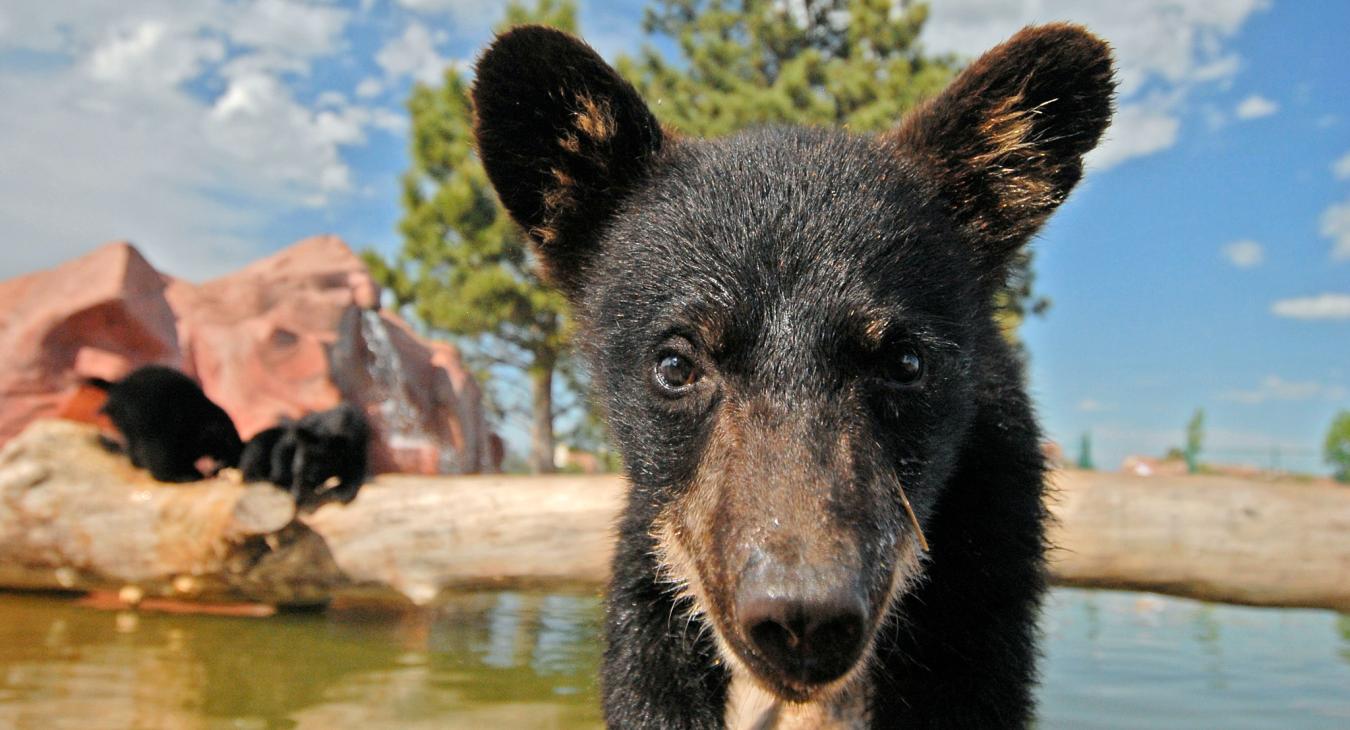Bear Country USA is a premier wildlife park located eight miles south of Rapid City in the heart of South Dakota's Black Hills. This family-owned park spans over 200 acres and is dedicated to showcasing North American mammals in natural settings. Guests of all ages can enjoy an immersive wildlife experience that combines enrichment, conservation, and education. Visitors can observe animals like black bears, elk, cougars, timber wolves, and many more from the comfort of their vehicle or on foot in designated areas. Bear Country USA emphasizes safe, intimate animal encounters, setting it apart as a must-see destination for wildlife enthusiasts.
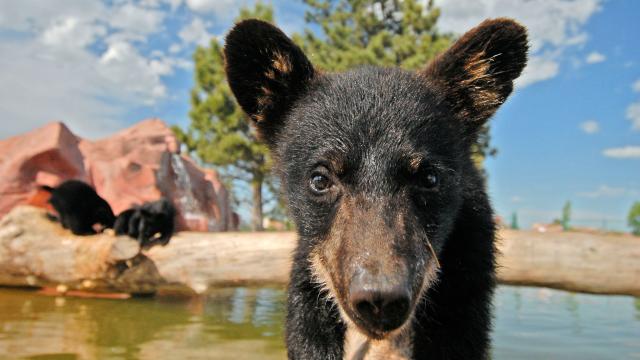
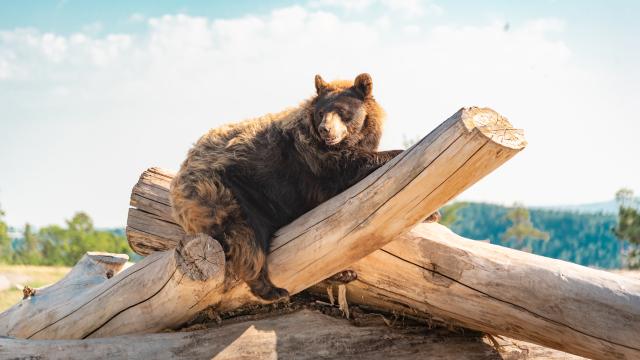
A Record-Breaking Wildlife Experience
Bear Country USA proudly houses one of the largest private collections of black bears globally, making it a unique attraction for animal lovers. The park's dedication to conservation and sustainable habitats enhances its reputation. Visitors routinely marvel at watching bears climb, play, and cool off in pools just inches from their car. Beyond the black bears, the park features a diverse range of animals, from reindeer to bobcats, all born and raised onsite. Animal health and well-being are a top priority, with individualized care by veterinary professionals and specialized diets provided.
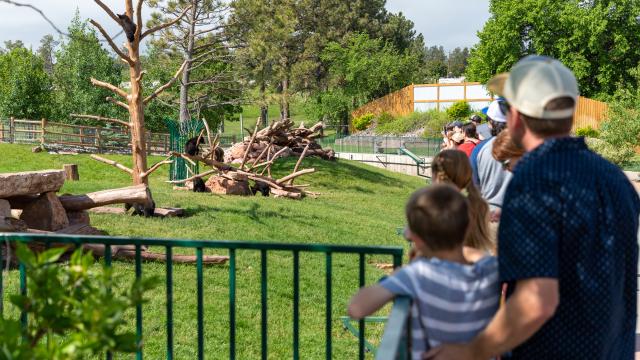
See Nature Through Drive-Thru and Walk-Thru Adventures
Guests have the choice of exploring the park in two memorable ways. The three-mile drive-thru route allows you to remain in your vehicle while observing larger species such as elk, bison, and pronghorn wandering freely in expansive enclosures. For a closer look, the Wildlife Walk area showcases younger animals and smaller species like arctic foxes, porcupines, and river otters. Kids' programs feature engaging activities, offering an entertaining educational aspect. The park also includes amenities like the Cub Grub Grill and a well-stocked gift shop, ensuring a comfortable visit.
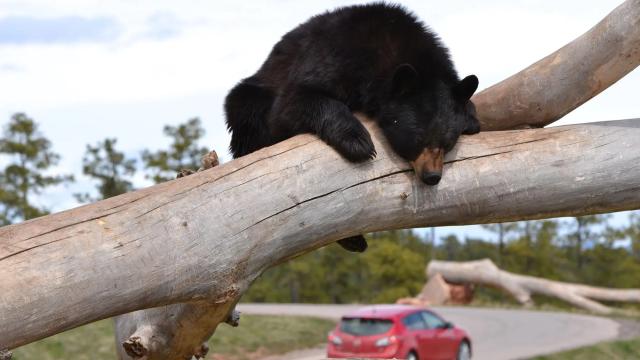
Getting the Most Out of Your Visit
For the best experience, plan your visit during cooler hours or weekdays to avoid peak traffic. Convertible and soft-top vehicles must use complimentary courtesy cars, ensuring your safety. Purchase tickets online in advance for a seamless entry and consider a season pass for multiple visits. While in the Black Hills area, Bear Country USA pairs well with stops at Mount Rushmore or other natural attractions. Don’t forget to bring your camera, but stay mindful of safety rules, like keeping windows closed in the drive-thru section.
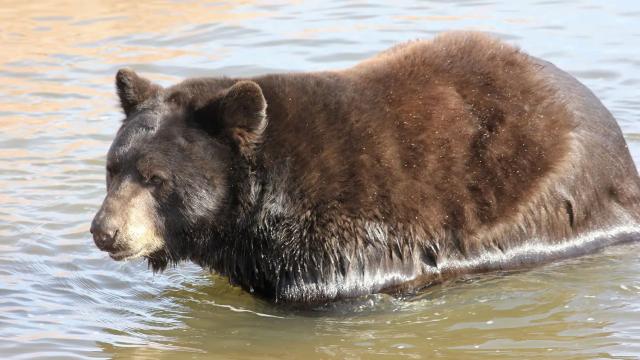
Ready to Witness the Wild?
Discover the wonder of up-close wildlife encounters at Bear Country USA. From breathtaking animal sightings to family-friendly walkways, this destination creates unforgettable memories. Book tickets online and plan your visit to one of South Dakota's most cherished attractions today!

